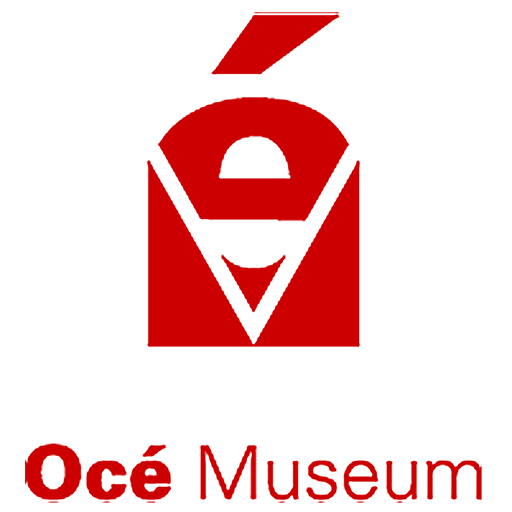Incorporated into the Canon Group
In November 2009 the Japanese company Canon made a takeover bid for Océ. The offer of approximately 730 million euros received the approval of the board and the supervisory directors of Océ. However, it was only in December 2011 that Canon was able to convince a last minority shareholder with an increased bid, so that the remaining shares could be acquired in January 2012. On 14 February 2012, Océ was delisted from the stock exchange.
Over the next few years, Océ was merged into the global Canon, Inc. group, leading to a significant reduction in specific Océ personnel.
As a Canon operating company, Océ continued to invest heavily in research and development, financially supported by the parent company. The main research area was inkjet, which was seen as the most promising printing technique for the future. For example, in 2016 a research project was started in collaboration with three independent research institutes in the Netherlands, including two universities.
Océ built inkjet printers for all applications, first for wide format, later also for small format (“documents”). Increasingly, the focus was on central and industrial environments. Océ also focused on new markets, such as the letterpress and packaging industry.
In addition to devices (hardware), a lot of R&D was also carried out in the digital field, such as document, information and data management, and supporting digital infrastructure (application software) for networked printers.
However, sales and profitability remained an issue and in 2018 Canon replaced the Dutch CEO with a Japanese executive, announced budget cuts and revised policies, with more emphasis on selling and reducing the number of foreign R&D sites.
Finally, the name ‘Océ’ was replaced in 2019 by ‘Canon Production Printing’, first with regard to the products, from 1 January 2020 also with regard to the company itself.
